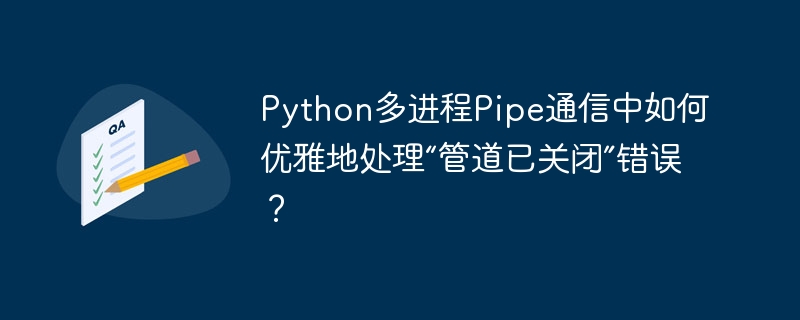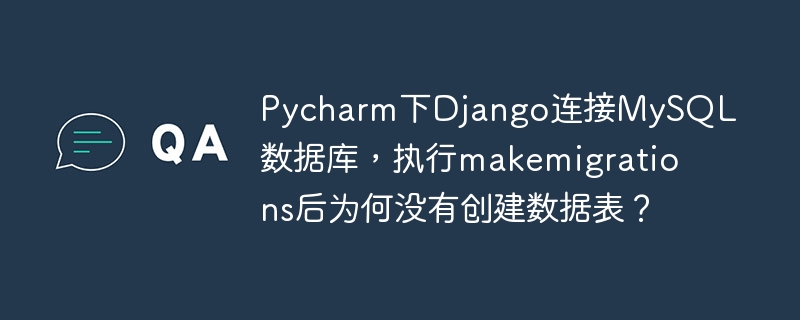
python多進程Pipe通信:“管道已關閉”錯誤的優雅解決方案
在使用Python的multiprocessing模塊中的Pipe方法進行進程間通信時,可能會遇到令人頭疼的“管道已關閉”錯誤。本文將深入分析該問題,并提供一種更穩健的解決方案。
問題通常出現在父子進程通信場景中。例如,子進程執行耗時任務后,通過管道向父進程發送數據,并等待父進程的信號來結束自身。如果父進程提前結束,子進程試圖從已關閉的管道接收數據,就會引發“管道已關閉”錯誤。
雖然在父進程中添加time.sleep()和顯式關閉子進程的方法可以解決問題,但這并非理想方案,因為它依賴于父進程的主動等待和控制。
立即學習“Python免費學習筆記(深入)”;
更優雅的解決方法是在子進程中捕獲EOFError異常。當父進程提前結束時,子進程嘗試從管道接收數據時會引發此異常。通過捕獲該異常,子進程可以優雅地退出,避免程序崩潰。
以下展示了改進后的service.py和single.py代碼:
改進后的service.py:
import os from multiprocessing import Process, Pipe def start_child_process(child_conn): # 模擬耗時任務 # run_server_for_long_time() child_conn.send({"port": 123, "ret": 1, "pid": os.getpid()}) try: signal = child_conn.recv() # 等待父進程信號 if signal: child_conn.close() except EOFError as e: print(f"子進程捕獲到EOFError: {e}") # 優雅處理異常 # 可在此添加必要的清理工作 class Server: def __init__(self): self.child_conn = None self.child = None self.parent_conn, self.child_conn = Pipe() def run(self): self.child = Process(target=start_child_process, name="my_child_process", args=(self.child_conn,)) self.child.start() data = self.parent_conn.recv() result = { "endpoints": { "http": f"http://127.0.0.1:{data['port']}/cmd", "ws": f"ws://127.0.0.1:{data['port']}/api", } } return result def stop(self): self.parent_conn.send(True) self.child.join() self.child = None if __name__ == "__main__": server = Server() r = server.run() print("r:", r)
改進后的single.py:
from service import Server def main(): server = Server() result = server.run() print("r:", result) # server.stop() # 可選:顯式停止子進程 if __name__ == "__main__": main()
通過在子進程中添加try…except塊來捕獲EOFError,即使父進程意外退出,子進程也能優雅地結束,避免了“管道已關閉”錯誤。這種方法提高了程序的健壯性,無需依賴父進程的顯式關閉操作。
? 版權聲明
文章版權歸作者所有,未經允許請勿轉載。
THE END



















